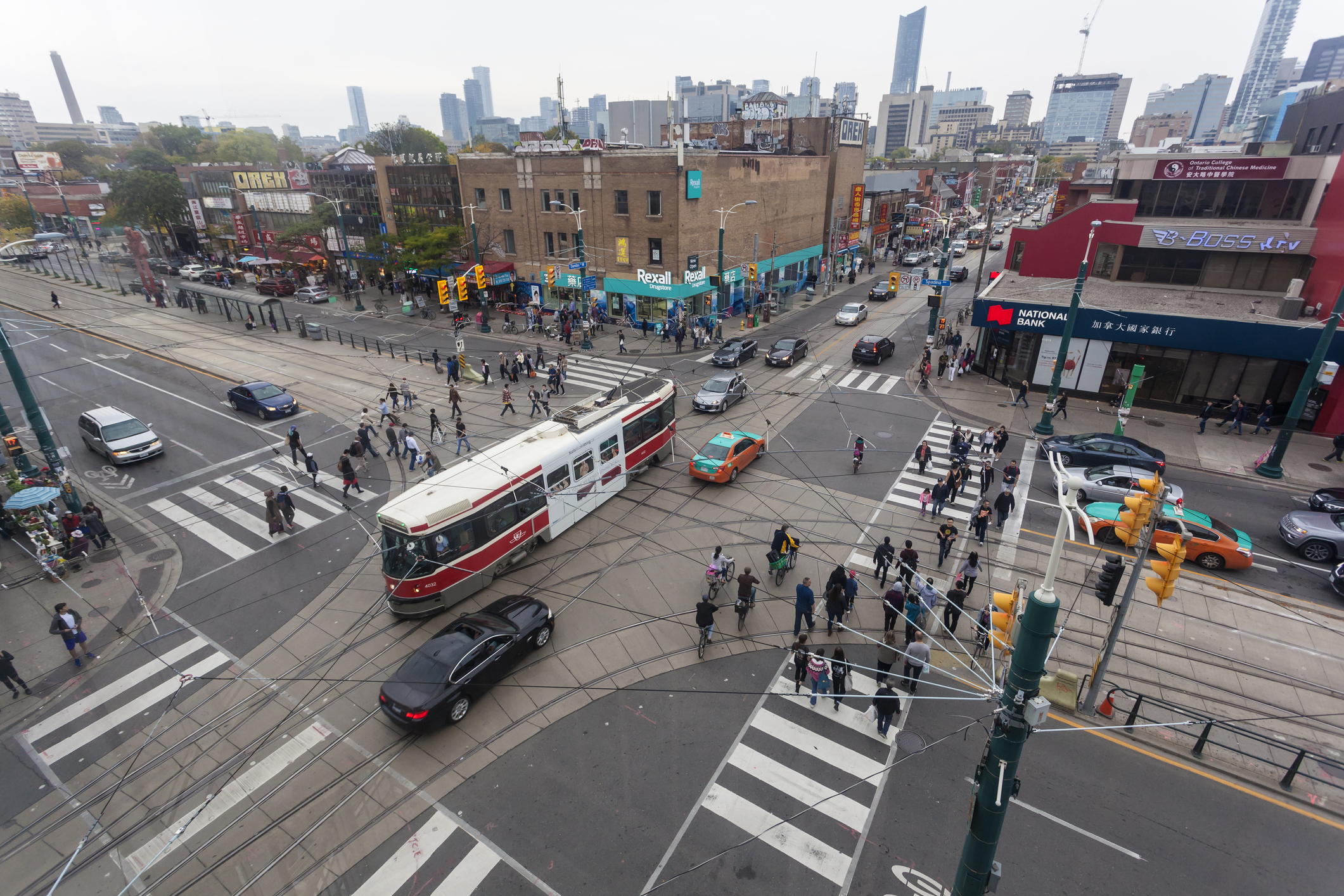Toronto’s streets are a valuable public space for building community connections, accessing resources, and staying active. But these benefits can only be realized if streets are safe spaces for all users. Safety is particularly important for pedestrians. Not only are they the group most vulnerable to traffic collisions, but they are also the most universal – everyone travels as a pedestrian at some point along their transportation routes. Concerns about pedestrian safety in Toronto have made headlines in recent years, with news outlets reporting one pedestrian death after another.
This paper reviews the literature on the relationship between neighbourhood socio-demographics and pedestrian collisions and explores approaches to equity-informed road safety planning from other North American jurisdictions. Drawing on findings from both research and practice, this work can support the ongoing reframing of pedestrian safety planning to incorporate neighbourhood equity considerations. As Toronto’s road safety strategy begins to take tangible action on existing inequities, the City can use this evidence base to make its streets safer for all pedestrians, regardless of where they live.
